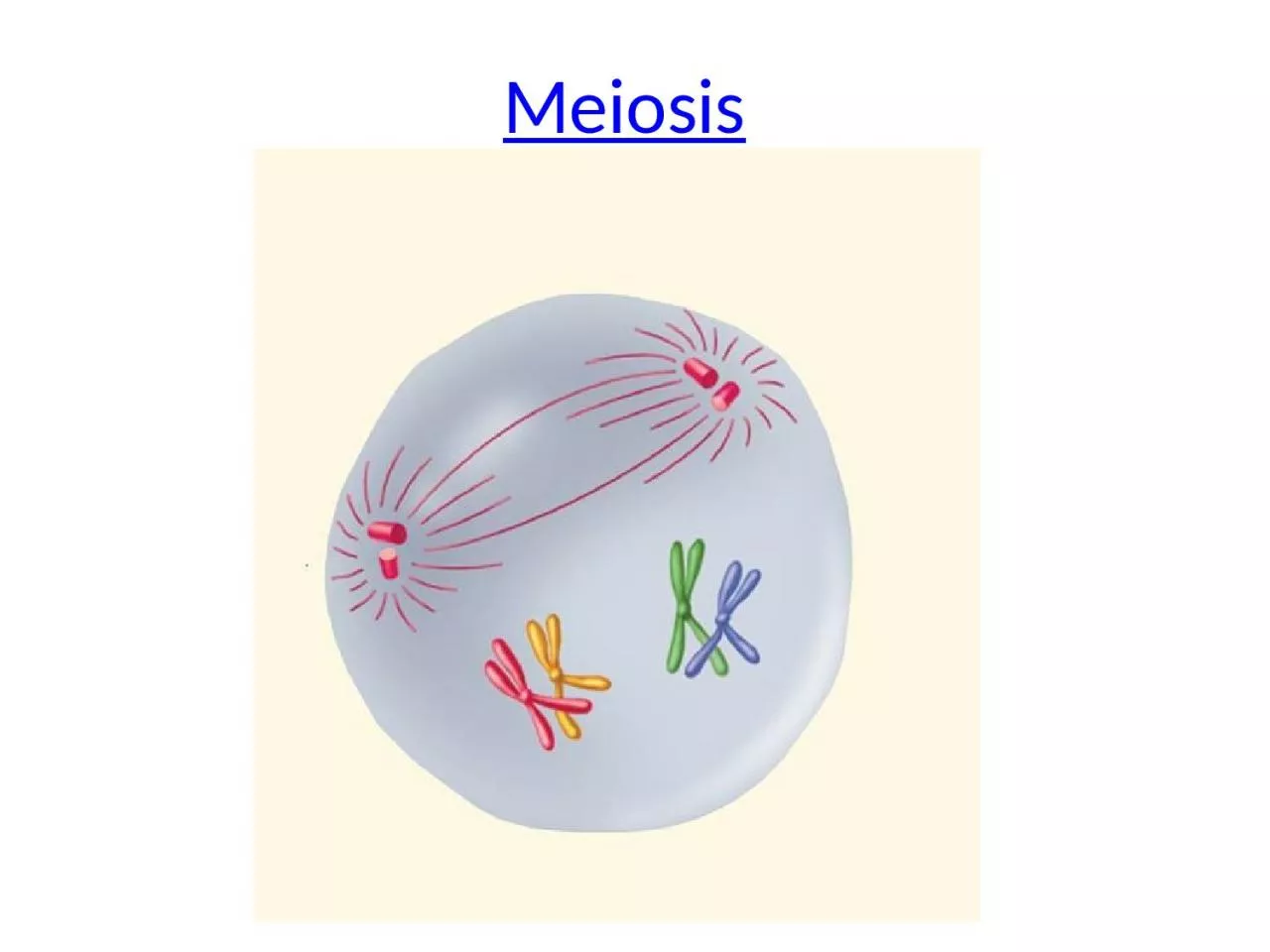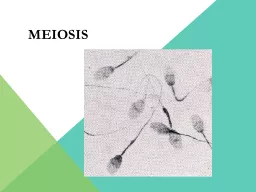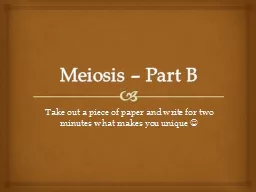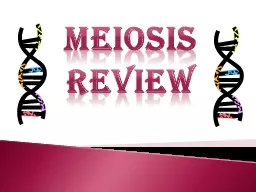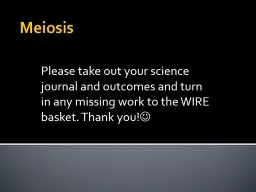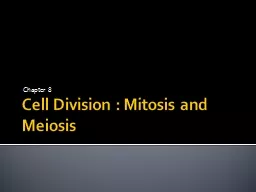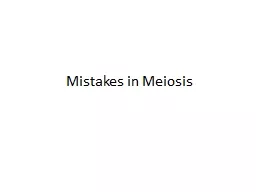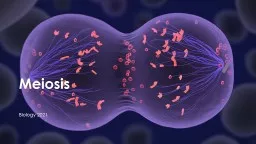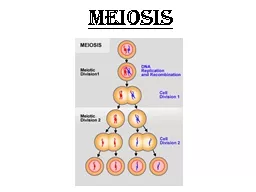PPT-Meiosis Each organism must inherit a single copy of every gene from each of its “parents.”
Author : miller | Published Date : 2024-02-09
Gametes are formed by a process that separates the two sets of genes so that each gamete ends up with just one set Chromosome Number All organisms have different
Presentation Embed Code
Download Presentation
Download Presentation The PPT/PDF document "Meiosis Each organism must inherit a sin..." is the property of its rightful owner. Permission is granted to download and print the materials on this website for personal, non-commercial use only, and to display it on your personal computer provided you do not modify the materials and that you retain all copyright notices contained in the materials. By downloading content from our website, you accept the terms of this agreement.
Meiosis Each organism must inherit a single copy of every gene from each of its “parents.”: Transcript
Download Rules Of Document
"Meiosis Each organism must inherit a single copy of every gene from each of its “parents.”"The content belongs to its owner. You may download and print it for personal use, without modification, and keep all copyright notices. By downloading, you agree to these terms.
Related Documents

